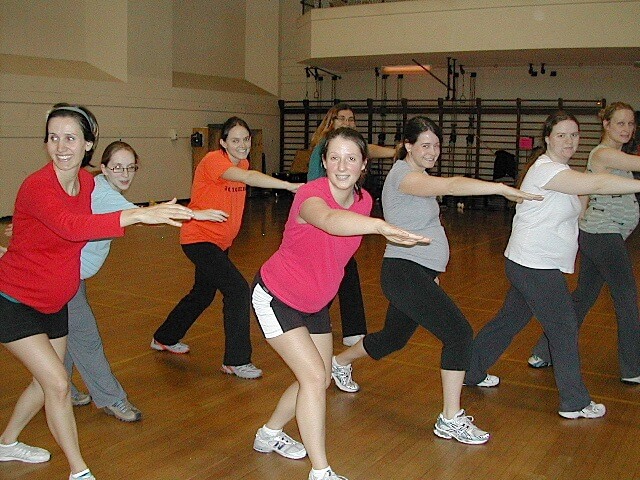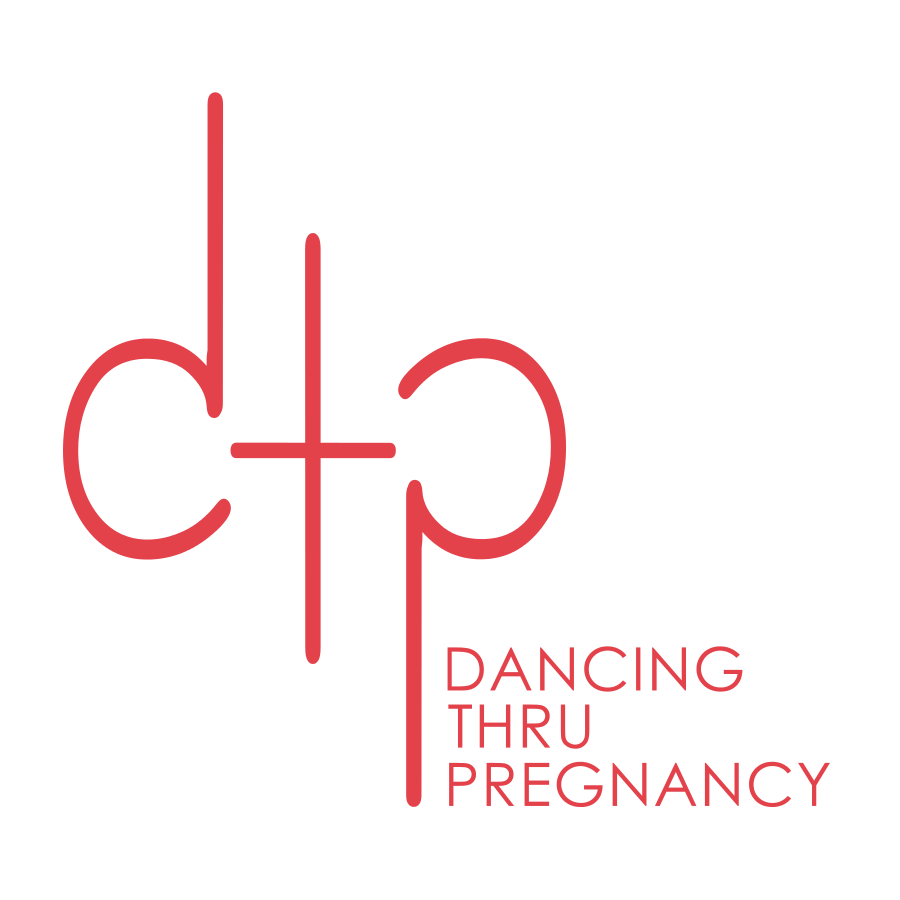While women may not want to talk about it, postpartum incontinence is a prevalent problem after giving birth. In fact, a 2002 study found that as high as 35% of all women that deliver their babies vaginally could continue to suffer from the problem three months after birth.
Ann Cowlin, an expert on women’s fitness (and the creator of Dancing thru Pregnancy, one of Physiquality’s partner programs), notes that incontinence is common during the first six weeks after birth, due to bruising, swelling and the need to eliminate the extra fluid of pregnancy. Whether from pushing during a vaginal delivery, or simply the stress of pregnancy on the pelvic floor (which affects all pregnant women, including those that eventually have a Cesarean section), she says that the immediate problem usually resolves within a couple of weeks to a couple of months.

One of the problems with defining those at risk for postpartum incontinence is that doctors are still unsure what factors may contribute to having the issue. Ann says it could also depend on who you ask. Geneticists and rheumatologists might say it’s all genetic. Ann explains, “Longitudinal studies tell us that if one sister has three vaginal births and the other sister never is pregnant, they are just as likely at age 60 to experience a given level of incontinence.” Such explanations point to the genetic makeup of a woman’s collagen (the protein structure that largely accounts for the elasticity of a person’s connective tissue). Ann likens the issue to an old rubber band that has been stretched and re-stretched: “You can shorten it and tack it up, but it will just stretch again.”
Doulas and midwives, on the other hand, might say it is a poor management of descent. Ann refers to studies that note more extensive tissue damage after longer periods of active pushing, particularly if the pushing continues for two or more hours. To limit tissue damage, she advocates a “gentle and softly controlled management of the pelvic floor as the baby comes down,” and also suggests considering upright positions (or hands and knees), following one’s urge to push and limiting directed pushing during the second stage.

Regardless of what causes it, Ann says there are a few things that pregnant women can do to reduce their chances of incontinence after birth:
- Do exercises to strengthen the pelvic floor. Contract AND release the muscles. Relax and stretch the muscles.
- Be familiar with your anatomy and how it works. Develop awareness about the location and functions of the three female pelvic floor outlets.
- Be aerobically fit, because it can shorten the time it takes to metabolize the free radicals created during labor and birth (thereby reducing tissue damage due to inflammation).
- Talk to your care provider about his or her philosophy of pushing.
- Develop strong transverse abdominals so your pushing is effective. If you’re further along in your pregnancy, there are still several ways to strengthen the abdominals without putting pressure on your back.
Above all, she says, follow your urges during labor, don’t obsess, and learn to let go. Staying calm through the process, and listening to your body, will help to reduce stress both physically and emotionally.

If you end up having postpartum incontinence, be patient, Ann counsels. She says, “Give yourself time to focus on healing in the first weeks after birth. It’s not an issue; it’s a fact of life.” Start exercising by simply taking short walks around your neighborhood. Lengthen them a little each day, as you feel better and have more energy, then consider returning to more vigorous exercise.
If the incontinence persists, Ann advises finding a physical therapist who is experienced and knowledgeable about the issue. There are many PTs that specialize in women’s health; use our locator below to see if there is a Physiquality therapist near you.
Thank you to our contributors:

Ann Cowlin, MA, CSM, CCE, is the creator of Dancing thru Pregnancy, one of Physiquality’s partner programs. Ann is the author of Women’s Fitness Program Development, a guide to creating girls’ and women’s health and fitness programming, and is the expert consultant for the U.S. Army’s Pregnancy and Postpartum Train the Trainer Program.
Dancing thru Pregnancy.
- Pregnancy exercise tips.
- Postpartum exercise tips.
- Postpartum exercise: What’s safe? What’s effective?
Kegel exercises: A how-to guide for women. Mayo Clinic, July 10, 2010.
Herschorn, Sender. Female pelvic floor anatomy: The pelvic floor, supporting structures and pelvic organs. Reviews in Urology, Volume 6 (Supplement 5), 2004.
Ostergard, Donald R. Advances in therapies for stress urinary incontinence — Focus on the female patient. Medscape, May 2003.
Note: Requires free registration to read.
Chiarelli, Pauline and Jill Cockburn. Promoting urinary continence in women after delivery: randomised controlled trial. British Medical Journal, May 25, 2002.
“(169/365) Urrghh….” by Sarah G… is licensed under CC BY 2.0